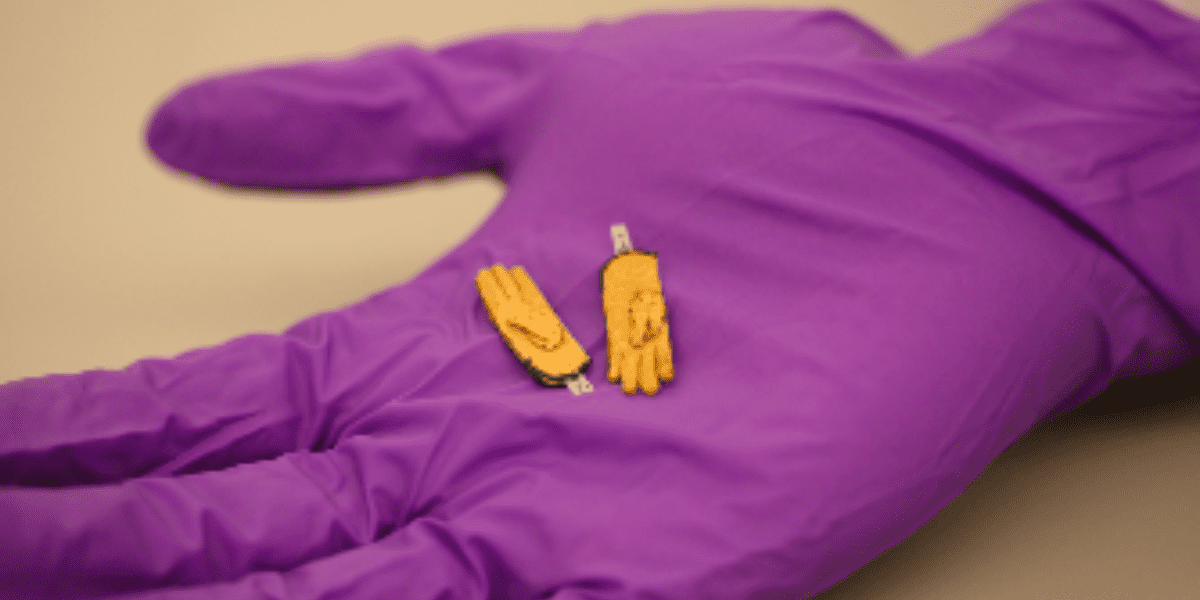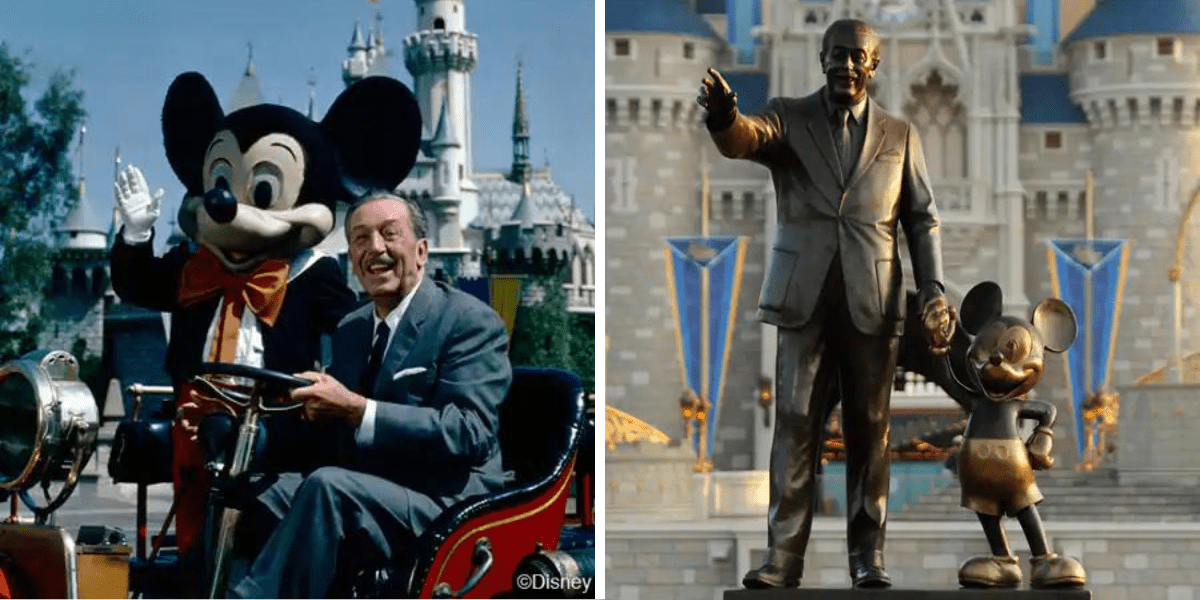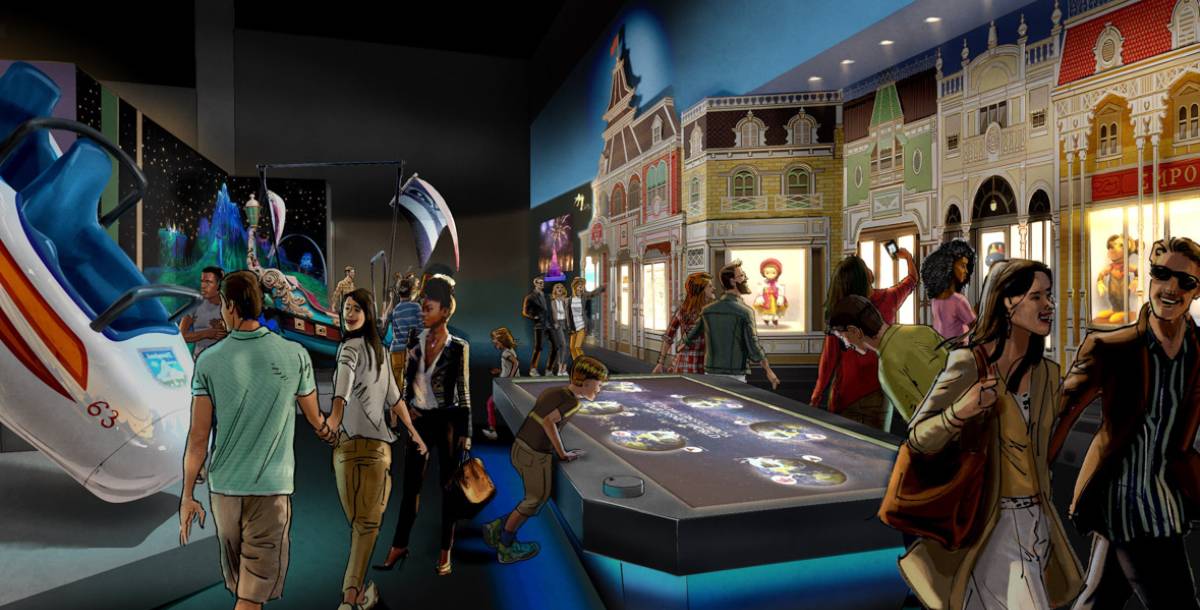
wasn’t ‘s first .
Sure, it was the first he built that Guests could actually walk around in, and it’s widely regarded as the first , ever, but before even reached the planning stages was focused on an entirely different .
A much, much smaller one.
RELATED: 5 Ways to Celebrate at the Parks
was an elaborate miniature that made and put on display in 1952. Looking back on it now, we can see how it served as a physical and spiritual precursor to that worked as proof of concept to that he could mastermind and control a physical space in the same way he did the cinema screen.
A Love Of Miniatures Begins
According to the Family Museum, ‘s interest in miniatures dates to the 1939 Golden Gate International Exposition, where he “was impressed with several dioramas that featured handcrafted furniture, exquisite accessories, and perfectly decorated rooms created by Mrs. James Ward Thorne of Chicago.”
Over the ensuing years, ‘s fascination with the miniatures he observed turned into a hobby, and by the end of the 1940s he was an avid collector. As the Museum notes, “Everything from furniture to figurines, silverware to paintings, rugs to musical instruments, liquor bottles to books-even a tiny organ created by conductor Frederick Stark -began to fill his shelves.”
RELATED: Read The Original 1964 New York World’s Description of Classic Attractions
The Birth of
In his definitive biography of , : The Triumph of The American Imagination, writer Neal Gabler explains how turned this hobby into something that might prove profitable:
[A]s scoured miniature shops during his trip to Europe in 1949 and on his various forays to New York and even up into New England; as he attended miniature shows; as he enlisted friends to find miniatures for him; as he solicited miniatures through catalogs, midwestern newspapers, and hobbyist magazines . . . he hit upon a plan. With his own two hands he would create an entire miniature American turn-of-the-century village, a sort of Lilliputian Marceline [‘s Midwestern hometown], and then display it in large cases across the country.
At the same as he was coming up with the idea for this exhibition – which he came to call – was simultaneously growing fascinated with wind-up toys, an obsession that would ultimately lead to the development of Audio-Animatronics. For now, though, he saw a way to combine his two hobbies into an evolving vision of , as Gabler explains:
forged ahead on his exhibition . . . which he described as a series of “visual juke boxes with the record playing mechanism being replaced by a miniature stage setting.” He was considering exhibiting the show in department stores or in railroad cars, where schoolchildren could bring coins to “play” the scenes, though hesitated at having children come to freight yards, and in any case he had been told emphatically that the exhibition couldn’t possibly be profitable. In the end, he settled for unveiling the scene of “Grany Kincaid” at a Festival of Living at the Pan-Pacific Auditorium in Los Angeles in November 1952. The vitrine, roughly eight feet long, contained tiny rugs, a plank floor, a stone fireplace, lace curtains, dishes, and even an outhouse with a potty.
Clearly, served as a showcase for ‘s obsession with detail and his perfectionism, two traits that he would carry with him as the impetus behind grew immensely in scale.
RELATED: The Must-Own Parks Books For the Fan in Your Life
From to
Obviously, there’s quite a difference between a miniature scene displayed at a public events center and the world’s first . But for the creation and mounting of the exhibit proved to be a starting point for expanding his need for control off the movie screen and into the real, physical, tangible world.
RELATED: 8 Has That We Wish Were Available at
Gabler explains of ‘s reasoning behind creating that,
Beyond the psychological benisons of control and the tactile exhilaration of his own craftsmanship, beyond the way it preoccupied him while the studio seemed to wobble, he did it because he harbored an even larger, more audacious plan-a plan for which was only a trial run and a plan that seemed to sustain him even as he was losing interest in the rest of his company. It is impossible to say exactly when, but had decided to build an amusement .
This would be in the vein of in that, “ had described the as providing a lesson in American heritage, just as had been intended to do, and he wanted visitors to appreciate the kind of bedrock values of which he had become a representative after the war, values that were especially salient with the onset of the Cold War.”
To tap into the feeling of nostalgia (that is, the deep-seated longing for a and which never actually existed) which was required in to appeal to those “bedrock values,” turned to valuable insight he had gained from . Again, Neil Gabler explains:
To achieve cinematic effects, [] had manipulated the ‘s proportions. . . . The reason, averred, was psychological-a lesson learned, no doubt, from . For one , the altered size “made the street a toy,” he felt, and provided the subliminal fun that toys did. For another, it underscored the sense of nostalgia because it associated the past and the fantastic with the small and the quaint. . . . And finally, he thought, the scale made the more inviting and accessible-a human monument. . . . At the people would be made to feel that they towered over the buildings.
RELATED: Guests Can Finally Iconic Apartment in ‘‘s Main Street Story’ Tour
Though it may be mostly forgotten today, then, it’s quite possible that without there would never be a , or at least its success might have been muted. The lessons learned building his miniature displays came into play when creating the world’s first , and helped turn the Parks into the living, breathing entity that we love today.

 DisneyTips.com Your Guide To A Great Disney Vacation
DisneyTips.com Your Guide To A Great Disney Vacation








